Maru review: the expert’s guide to good sushi
The restaurant’s omakase menu - in which the chef makes all the decisions for you - blends British ingredients with Japanese tradition
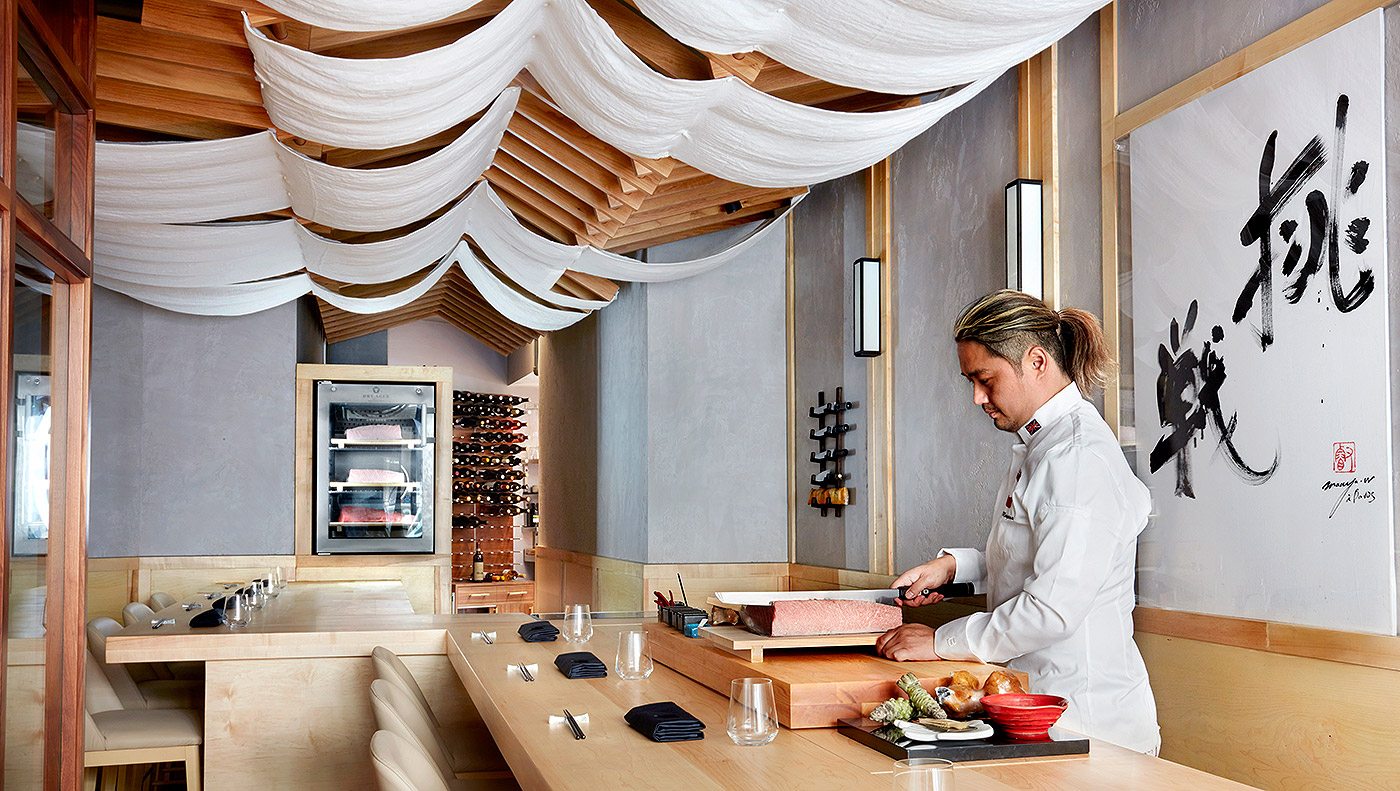
Unless you know what you’re looking for, you could walk past Maru a dozen times without suspecting that its understated facade belongs to a restaurant of any description, let alone one serving a 20-course celebration of Japanese culinary tradition.
The contrast with its neighbours in Shepherd Market is striking. The post-pandemic recovery is well under way in this convivial corner of central London, its bunting-decked pavements lined with people enjoying an evening drink. But behind Maru’s dark blue door, which is unlocked to admit just six diners and locked again behind them, the mood is quiet and studious.
Furnished with pale timber and white cotton, the minimalist dining room directs attention to the food - and to the chef. Guests sit side-by-side, facing the counter at which Taiji Maruyama will prepare their meal.
The Week
Escape your echo chamber. Get the facts behind the news, plus analysis from multiple perspectives.

Sign up for The Week's Free Newsletters
From our morning news briefing to a weekly Good News Newsletter, get the best of The Week delivered directly to your inbox.
From our morning news briefing to a weekly Good News Newsletter, get the best of The Week delivered directly to your inbox.
He works, where possible, with produce from the UK. The tuna served at Maru may come from Spanish and Portuguese waters, but the rest of the menu - with scallops from Orkney, trout from Hampshire, mackerel and shellfish from Cornwall and squid from Devon - is a tour of the British coast.

Each ingredient plays its part in the omakase service, a Japanese concept which translates literally as “I’ll leave it up to you”. The idea is that the diner empowers the chef to choose the best produce at the peak of its season, and to prepare it in the most fitting way. The written menu - a compendium of species, cuts, techniques and sourcing - arrives only after the meal is finished.
We rely therefore on Maruyama himself to present and introduce each course. A few are prepared in the kitchen, particularly if they require heat: a deep-fried Cornish rock oyster emerges, crisp and inviting, on its shell. Most, however, arrive at the counter as a box of ingredients, from which Maruyama creates little bites of perfection before our eyes.
His performance is not a flamboyant one - there is no teppanyaki-style juggling and flipping - but a quiet, methodical exhibition of skill. For a selection of tuna nigiri, he slices elegant strips from different parts of the fish, scoring them so they unfurl and retain a trickly of soy sauce in their shallow grooves.
A free daily email with the biggest news stories of the day – and the best features from TheWeek.com
Other courses depend on fingerwork as much as knifework, a devout shaping and sealing of sticky rice and slick fish. The Brixham squid is one such example, its unctious flesh seasoned with a generous spoonful of Exmoor caviar.
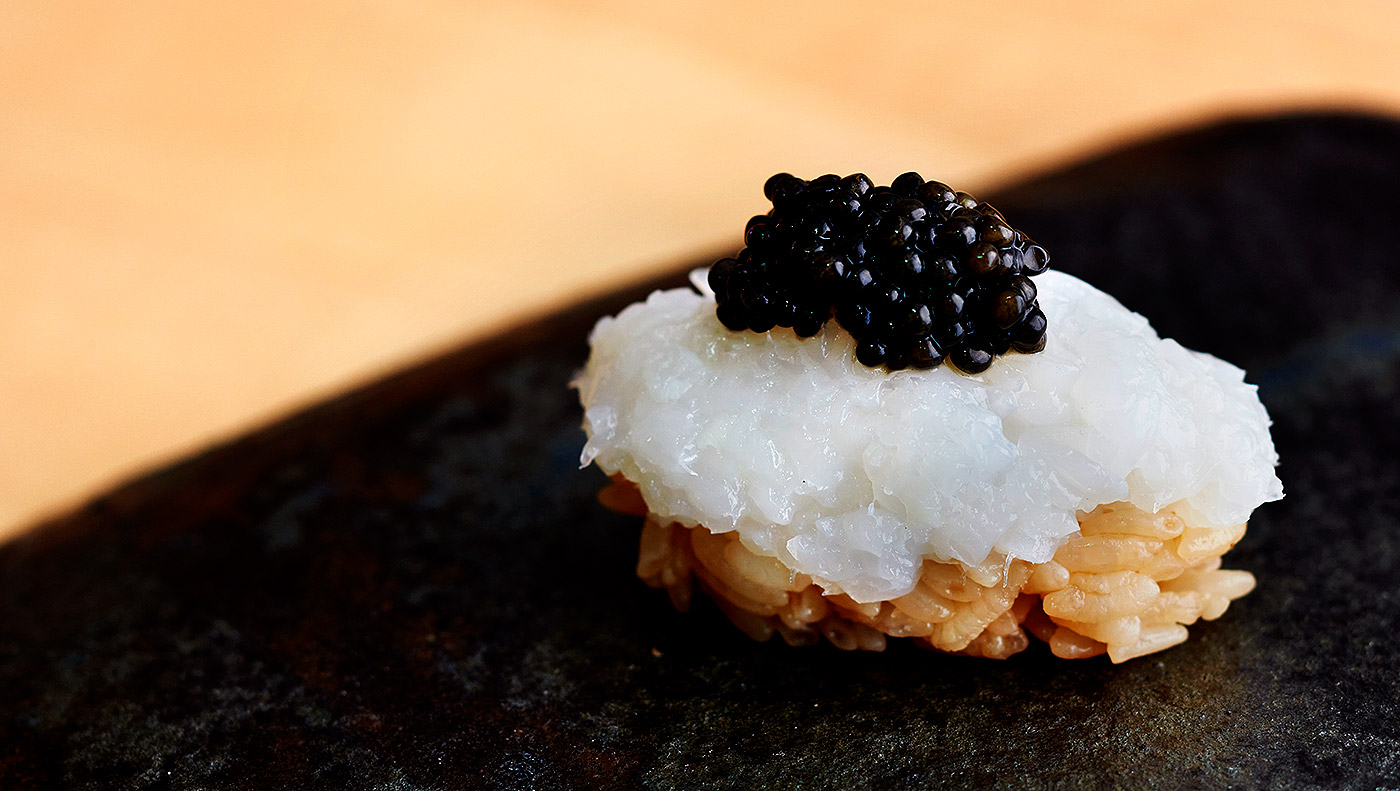
The shellfish and mackerel are as fresh as one would expect, but the other fish are described by a word not often paired with sushi: “aged”. The tuna, for example, has had seven days to mature, a process that tenderises and enriches it, bringing out the umami flavours. The choicest cut, the fat-marbled fillet known as o-toro, has the texture of chilled butter.
Maru’s commitment to omotenashi - “wholeheartedly looking after a guest” - extends to the drinks menu too. It includes a paired selection of wines, sakes or Japanese teas - or a combination of all three, chosen by the sommelier. The latter, which seems most in keeping with the spirit of omakase, delivers not one but two pairings for the nigiri courses: a fragrant sake to match the lean akami tuna and a glass of barbaresco, a rich Italian red, for the fatty o-toro.
Throughout our meal, the trio of chef, sommelier and assistant wear their knowledge lightly, inviting questions - and granting permission to lift and drink the truffle-infused soup from the bottom of a bowl of noodles, an unvoiced urge Maruyama had read in our eyes. He sent us on our way with a deep bow, the chopsticks we had eaten with, wrapped and presented as a gift - and an infectious reverence for good food treated with respect.

Maru’s 20-course omakase tasting menu is available for £170 per person, with seatings at 5.30pm and 8.30pm, Tuesday to Saturday.
Holden Frith is The Week’s digital director. He also makes regular appearances on “The Week Unwrapped”, speaking about subjects as diverse as vaccine development and bionic bomb-sniffing locusts. He joined The Week in 2013, spending five years editing the magazine’s website. Before that, he was deputy digital editor at The Sunday Times. He has also been TheTimes.co.uk’s technology editor and the launch editor of Wired magazine’s UK website. Holden has worked in journalism for nearly two decades, having started his professional career while completing an English literature degree at Cambridge University. He followed that with a master’s degree in journalism from Northwestern University in Chicago. A keen photographer, he also writes travel features whenever he gets the chance.
-
 Heavenly spectacle in the wilds of Canada
Heavenly spectacle in the wilds of CanadaThe Week Recommends ‘Mind-bending’ outpost for spotting animals – and the northern lights
-
 Facial recognition: a revolution in policing
Facial recognition: a revolution in policingTalking Point All 43 police forces in England and Wales are set to be granted access, with those against calling for increasing safeguards on the technology
-
 Codeword: December 14, 2025
Codeword: December 14, 2025The daily codeword puzzle from The Week
-
 Critics’ choice: Watering holes for gourmands
Critics’ choice: Watering holes for gourmandsFeature An endless selection of Mexican spirits, a Dublin-inspired bar, and an upscale Baltimore pub
-
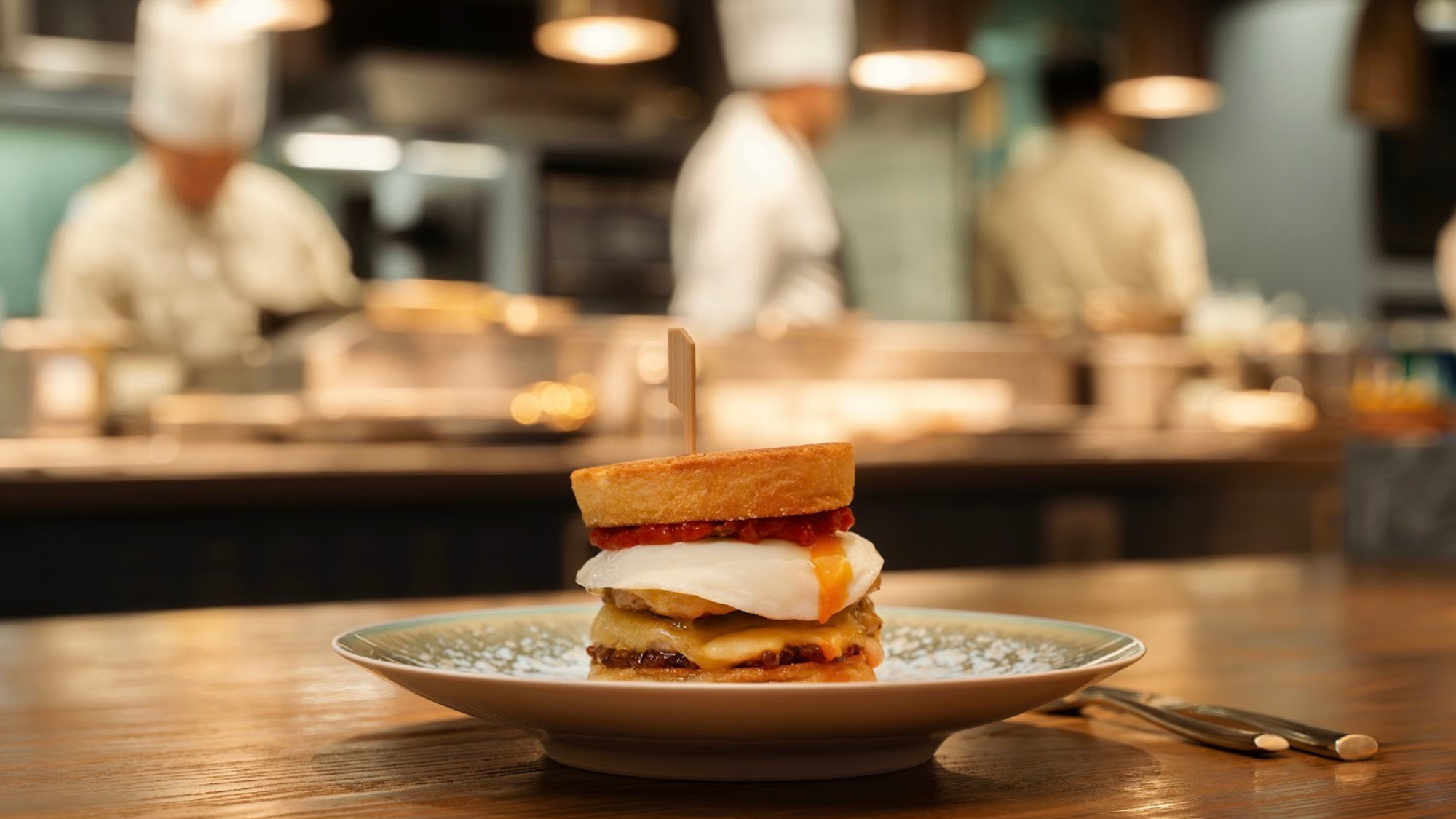 London’s best breakfasts and brunches
London’s best breakfasts and brunchesThe Week Recommends However you like your eggs in the morning, these memorable restaurants have you covered
-
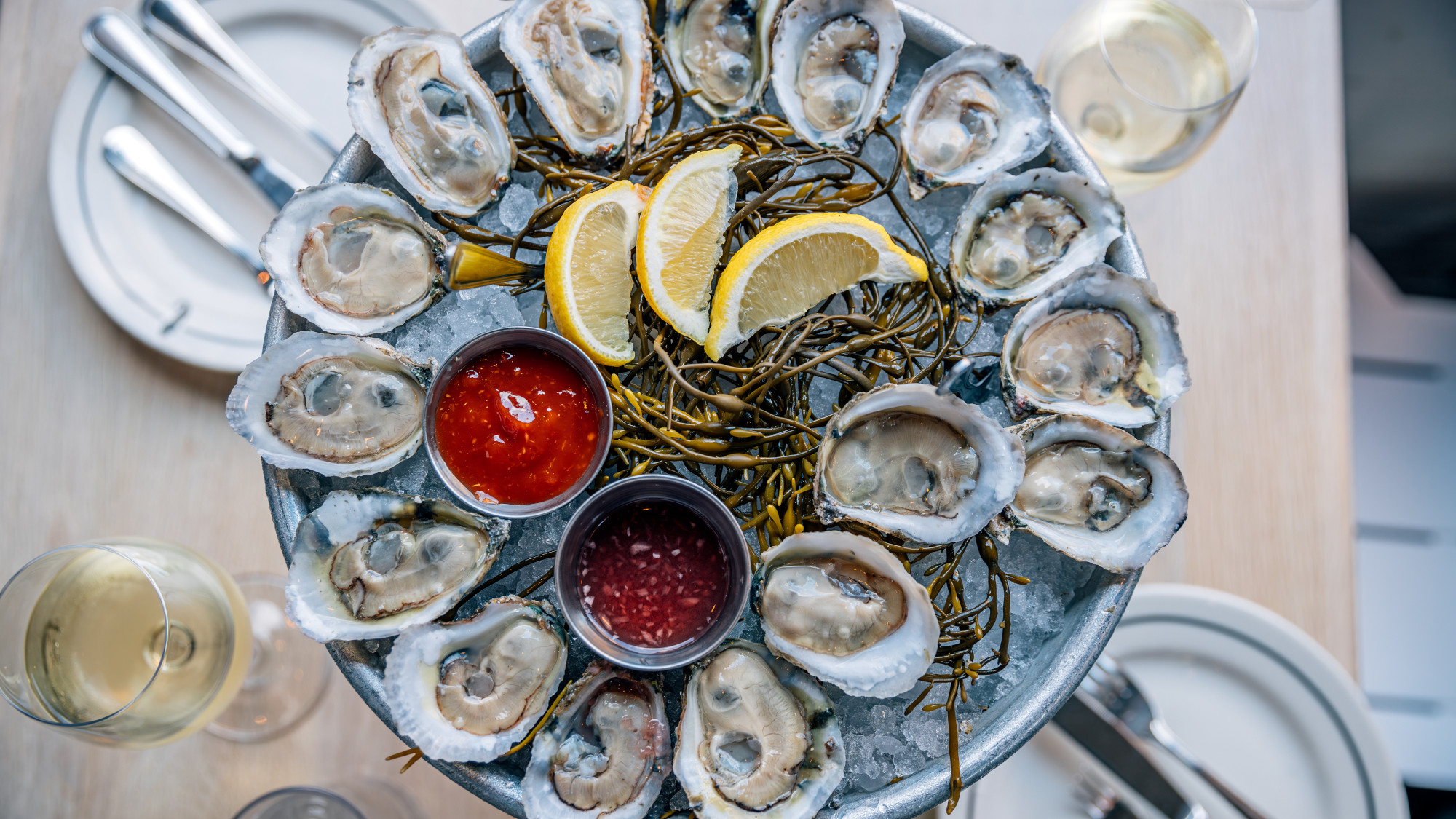 Critics’ choice: Seafood in the spotlight
Critics’ choice: Seafood in the spotlightFeature An experimental chef, a newspaper-worthy newcomer, and a dining titan’s fresh spin-off
-
 Southern barbecue: This year’s top three
Southern barbecue: This year’s top threeFeature A weekend-only restaurant, a 90-year-old pitmaster, and more
-
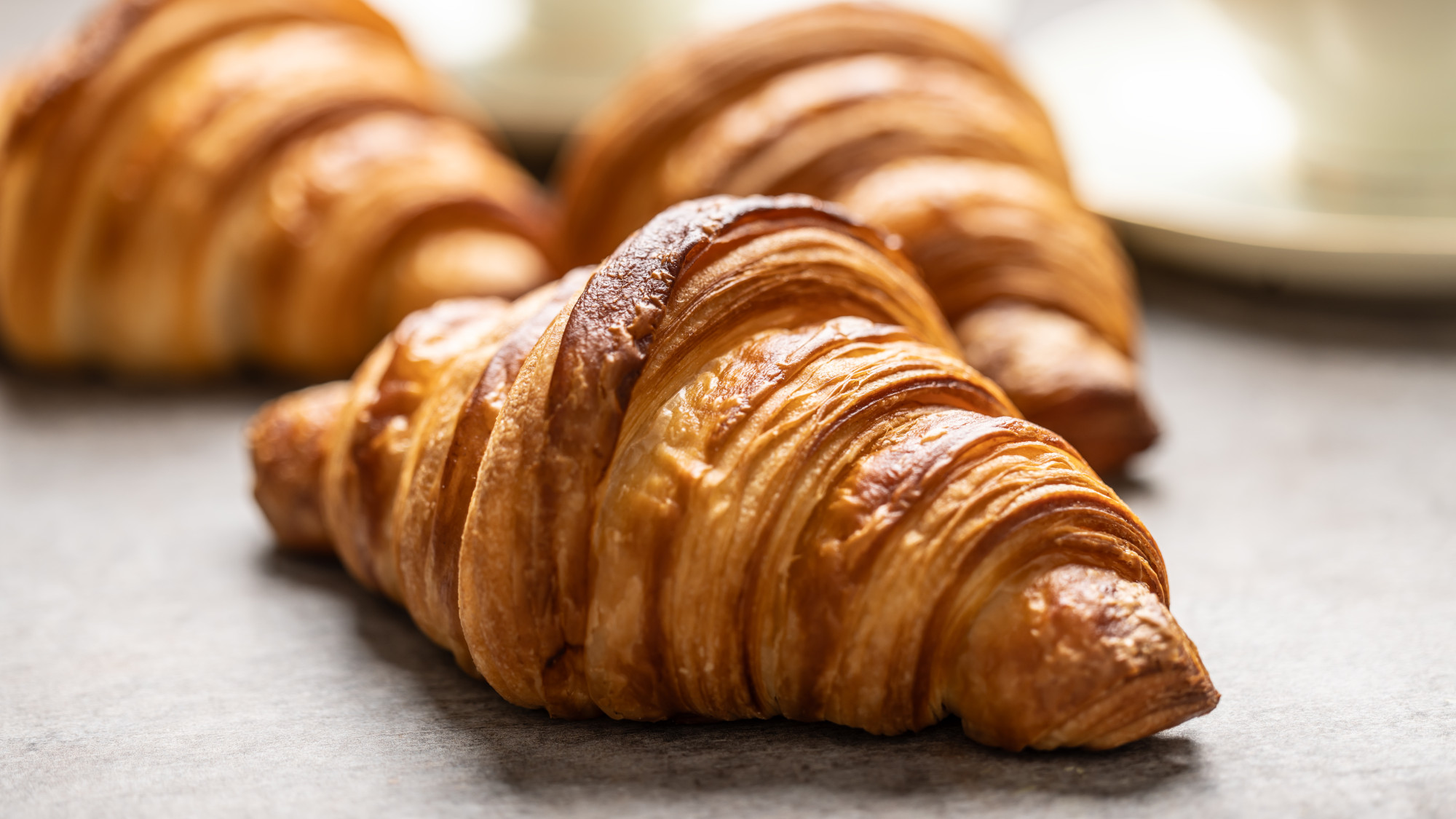 Critics’ choice: Celebrating rare Asian cuisines
Critics’ choice: Celebrating rare Asian cuisinesFeature The 2025 Restaurant of the Year, a Hmong culinary tribute, and an Uyghur feast
-
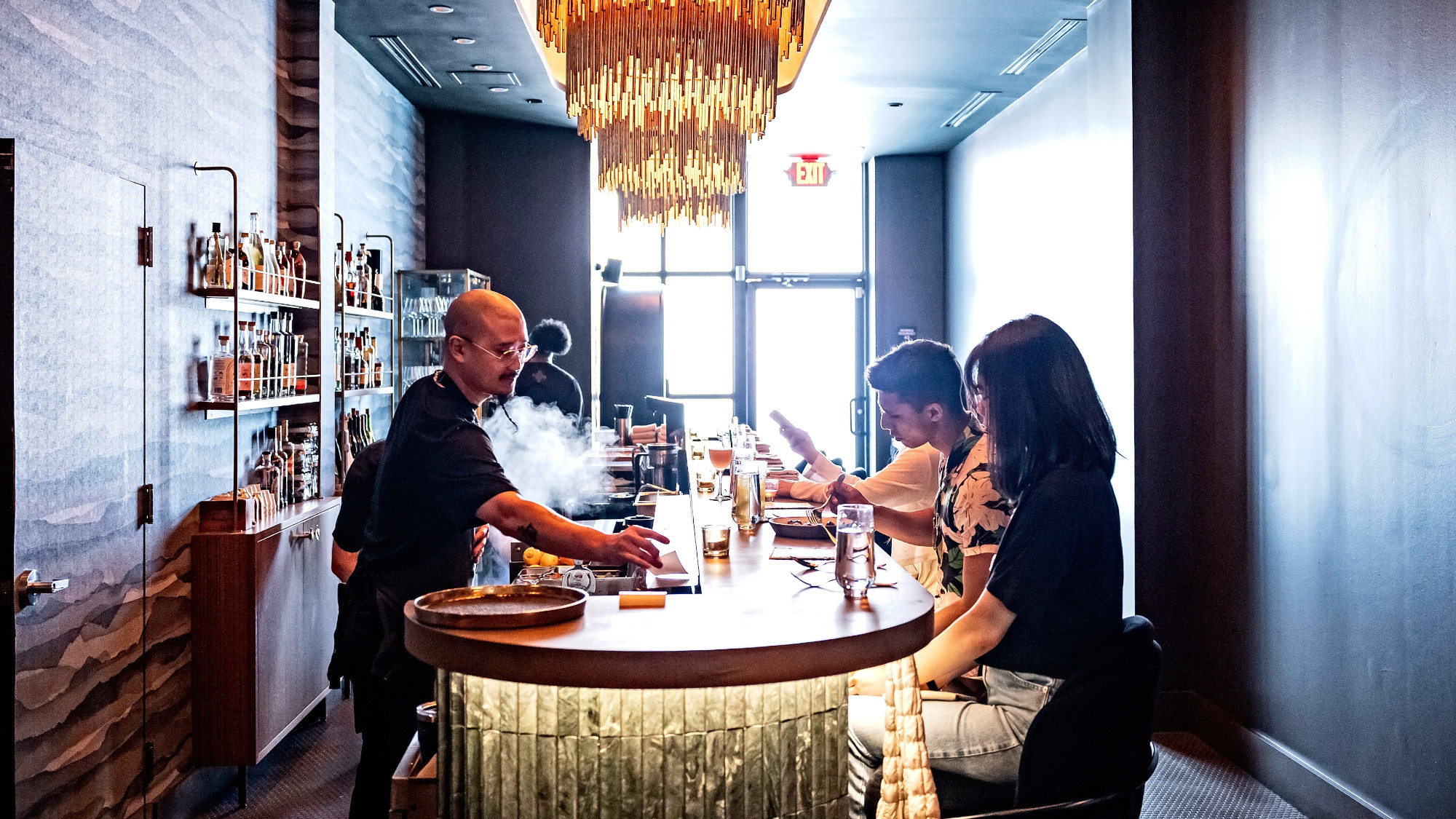 Critics’ choice: Three small yet magical Korean restaurants
Critics’ choice: Three small yet magical Korean restaurantsFeature A chef creates magic from scallops, a restaurant’s no-waste ethos, and more
-
 The 9 restaurants to eat at this very moment
The 9 restaurants to eat at this very momentThe Week Recommends They’re award-winning. Isn’t that reason enough?
-
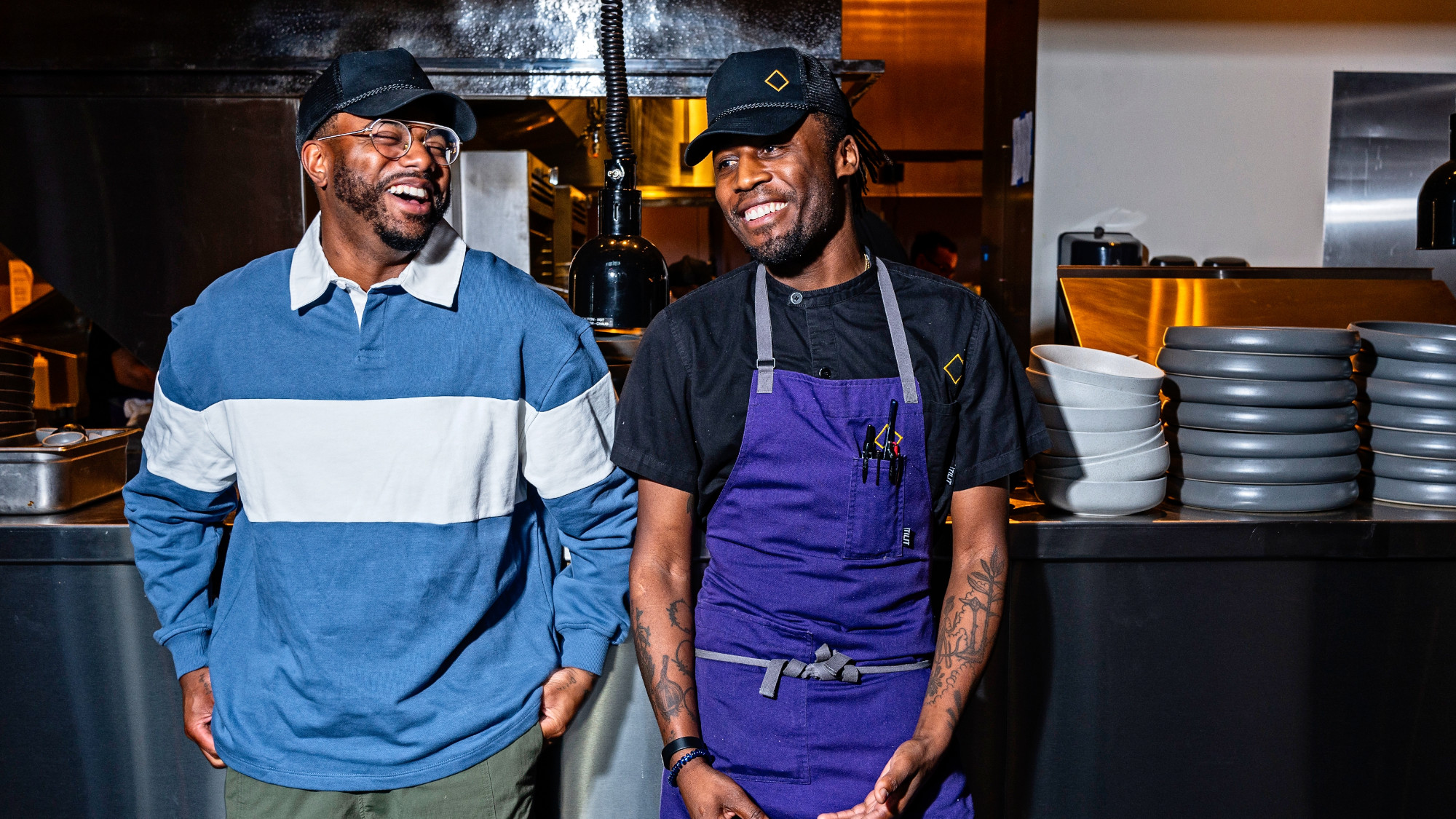 Critics' choice: Three chefs fulfilling their ambitions
Critics' choice: Three chefs fulfilling their ambitionsFeature Kwame Onwuachi's grand second act, Travis Lett makes a comeback, and Jeff Watson's new Korean restaurant